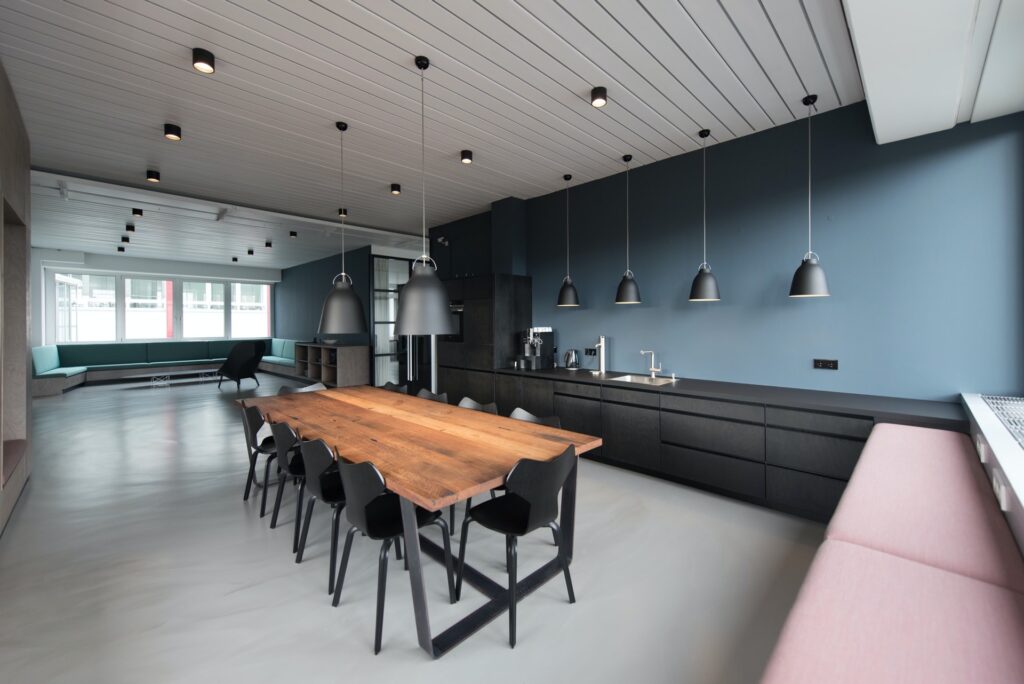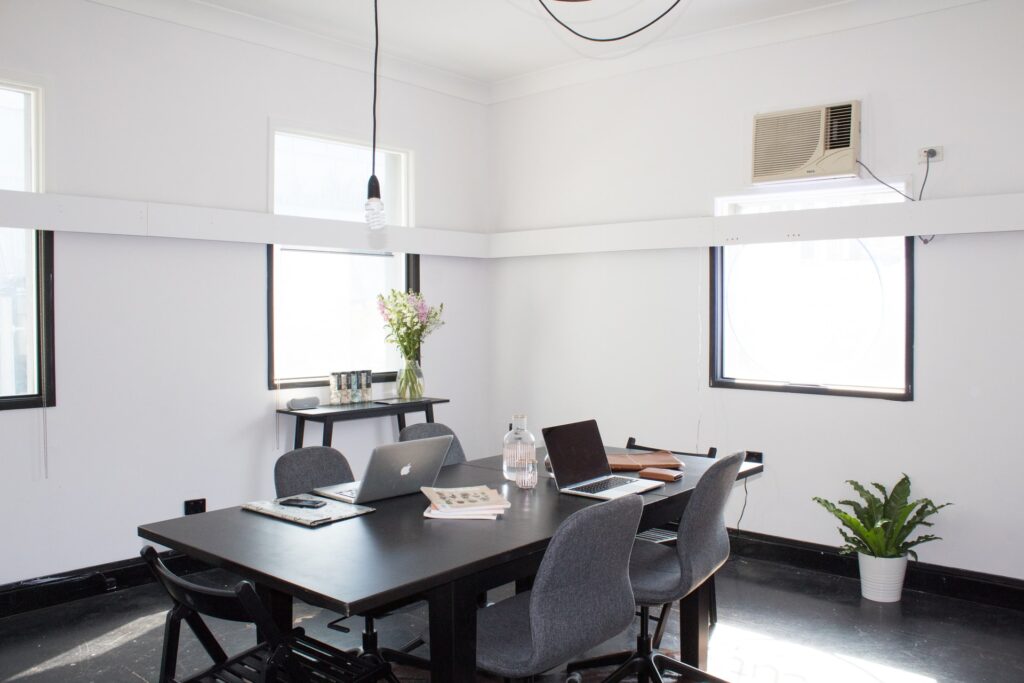As a direct result of cloud computing, connected sensors, and Internet of Things (IoT) devices becoming cheaper, they are becoming more and more commonplace in all types of buildings in order to make them smart and are even being integrated into their initial design. For anyone interested in how to design a smart building, they should visit the link provided.
A Growing Industry
The latest estimates suggest that there are as many as 10 billion smart devices currently installed in buildings across the world. This makes it one of the quickest growing industries in the world right now, with an estimated value of approximately $58 billion. As the industry continues to grow and further expand, there are a number of key trends that will likely emerge. These may include the following things:
Smart Lighting
The invention of LED light bulbs and lighting has been revolutionary for how buildings are lit up due to how little electricity they consume and how long they last for in comparison to the previously used incandescent light bulbs.

More and more of these new style lightbulbs are becoming smart and so can be adjusted to the preference of the occupant. This is known as human centric lighting and can be manipulated to impact on circadian rhythms and to improve staff productivity.
Intelligent Parking
The surrounding infrastructure of a building can also be made smart. An example of this are parking spaces either in or around a building that are fitted with sensors and cameras for the purpose of monitoring which spots are occupied and which ones are free, and then feeding this back to information displays, thus reducing the need for cars to drive all over looking for a free spot.
Air Quality Monitoring
With more and more people spending time indoors, inside of buildings, it is fundamental that the quality of the air inside of them is top notch. Not only is this important for health but also for the productivity of staff working in a building. This claim is backed up by a scientific study completed by Harvard University which found that people working in a well ventilated building had much higher cognitive functioning scores than those people who do not.
Building Security
Having a bunch of interconnected IoT devices installed within a building makes it much easier for the building to be kept safe and secure. The devices that are best for achieving this include control systems, such as badge systems, and cameras as they make it possible for any unwanted visitors to be spotted and for visiting employees to be granted access.

Cyber Security
As a building becomes increasingly smart, there is a greater need for it to be kept safe from potential cyber attacks. With more and more IoT devices being integrated into buildings, it makes it easier four outsiders to hack into these systems, steal data, and place malware in them. It is believed that as many as 20 percent of smart buildings have been subject to some sort of digital attack from outside intruders.
Predictive Maintenance
The biggest cost that buildings incur over the course of their lifetime is on maintenance and upkeep. It actually ends up costing more than its construction. Using smart technology, facility managers are able to save on maintenance costs and totally change the way that they manage a building.
This is done through changing to a predictive maintenance model rather than a wholly reactive one. To achieve this, sensors are placed around things like machinery (e.g. heaters, pumps, etc.) to detect when they reach certain levels or produce certain sounds.
Focus On Wellbeing
More and more employers are understanding the importance that the health and wellbeing of their workers has on their productivity and output. Because of this, the ways in which a corporate building is designed can have an impact on the wellness of those operating within it. This is something that will be considered in the future at the design and architecture steps when commissioning corporate buildings for businesses.
Occupant Control
Smart buildings enable those people living and working within them, to have better and more effective control over different variables within it. For example, they are able to easily adjust the temperature, book a meeting room, and change the settings of the lighting, all from a single centralized control panel. This provides the occupants with a much more personal and satisfying experience, as well as enabling them to be more conscious about the energy that they are using.



